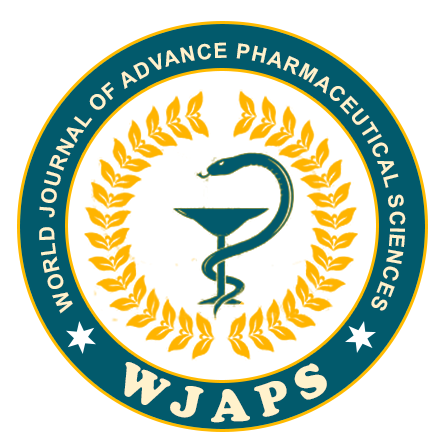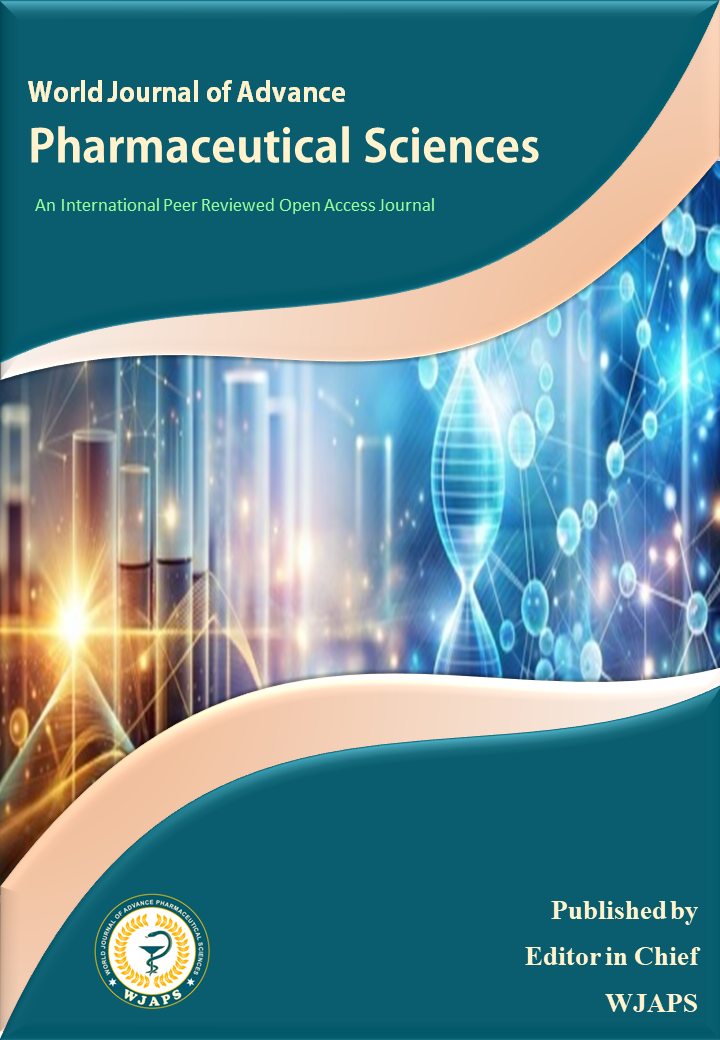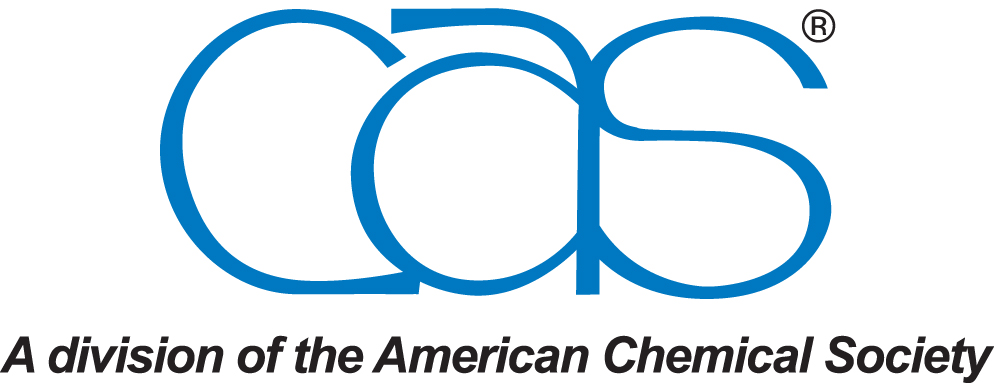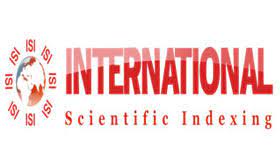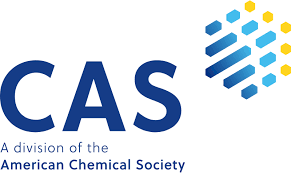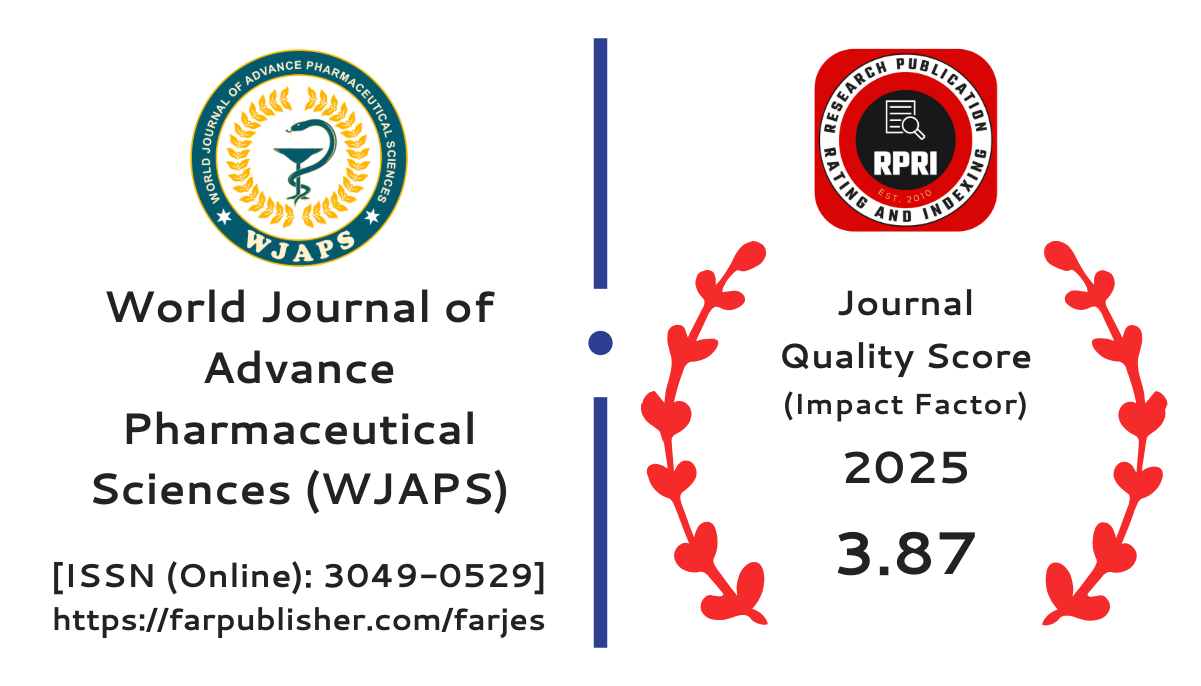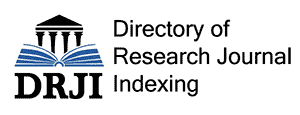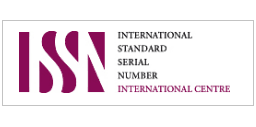EVALUATION OF LIVER ENZYMES AMONG HIV POSITIVE INDIVIDUALS ATTENDING CLINIC AT ESUT TEACHING HOSPITAL, ENUGU STATE, NIGERIA
Professor Humphrey Afam Nwobodo*, Ezeaku Jude Ikechukwu, Ude Davison Ifeanyi and Onovo Ozioma Favour
Human immunodeficiency virus (HIV) is a global health issue. This study aims to evaluate the prevalence of liver dysfunction among HIV-positive patients attending ESUT Teaching Hospital. This research involved a mixed cross-sectional study design which was used to assess 150 HIV-positive patients. Samples were collected and analyzed for liver enzyme levels using standard methods. Three key liver enzymes were measured: alanine aminotransferase (ALT), aspartate aminotransferase (AST), and alkaline phosphatase (ALP). Statistical methods were employed to determine the prevalence of liver dysfunction, and to explore the relationships between the stage of HIV infection, the types of antiretroviral therapy (ART) the patients were receiving, and any changes in liver enzyme levels. Results revealed that 37 (24.7%) exhibited liver dysfunction, primarily characterized by aspartate aminotransferase (AST) abnormalities, present in 32 patients. Also, males had a higher prevalence of liver dysfunction (30.8%) compared to females (20.0%), with patients over 60 years having the highest prevalence (28.6%). There’s a significant association between liver dysfunction and factors such as age, gender, as well as clinical symptoms such as fatigue (33.3%) and jaundice (35.0%). Alcohol and recreational drug use were significant risk factors with prevalence rates of 37.5% and 40.0%, respectively. These findings emphasize the necessity for routine liver function monitoring in HIV-positive individuals, particularly among older males and those exhibiting clinical symptoms, to facilitate early detection and management of liver complications, ultimately improving health outcomes and quality of life.
[get full article]